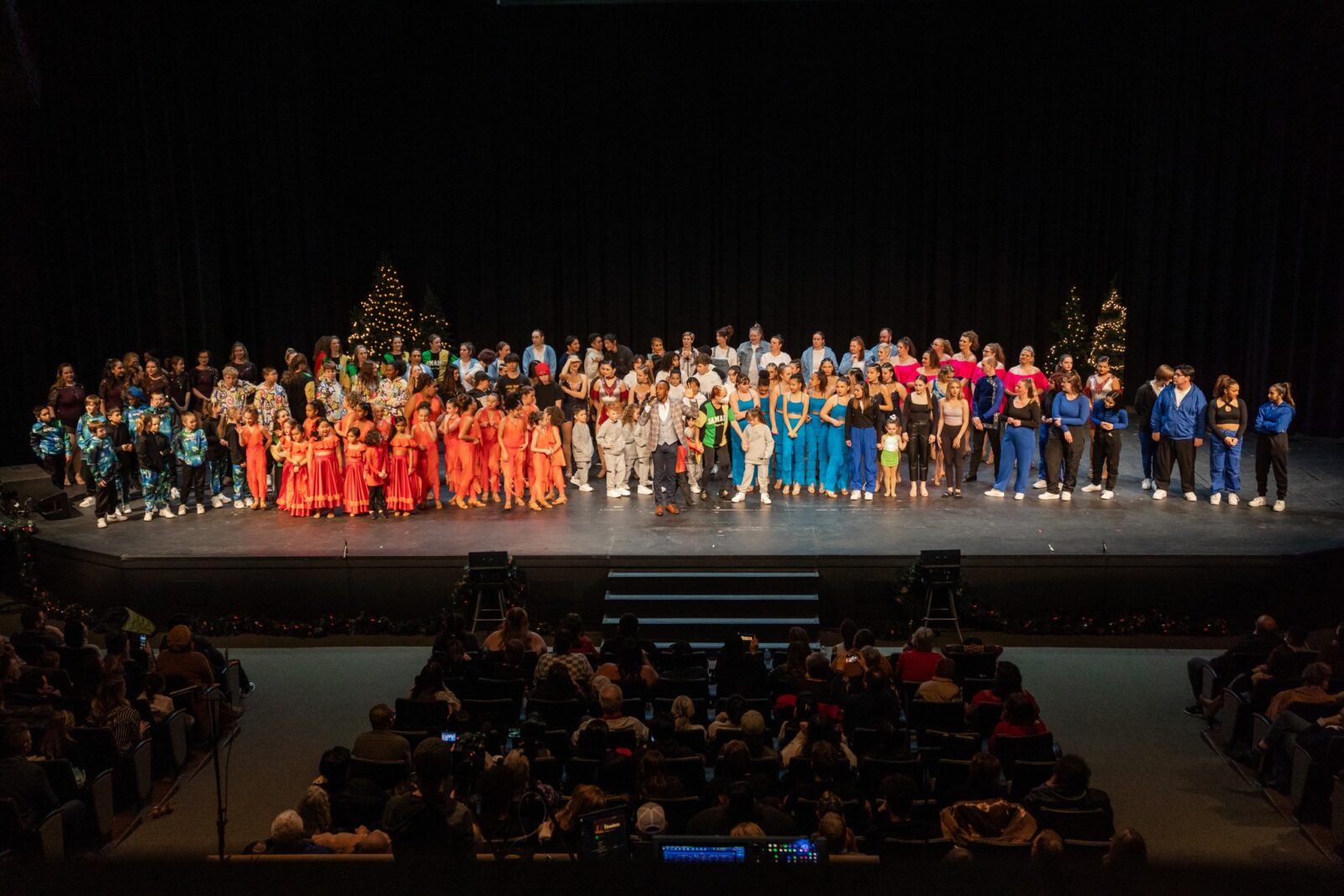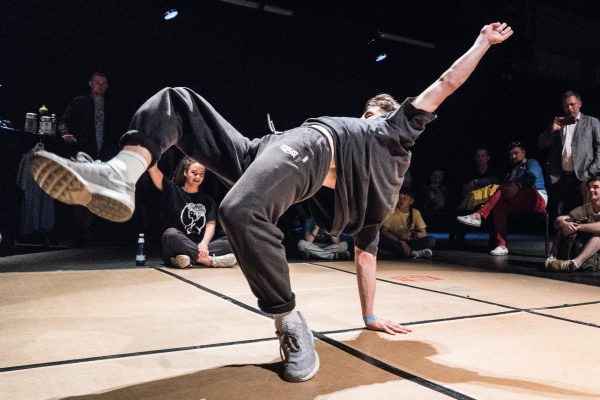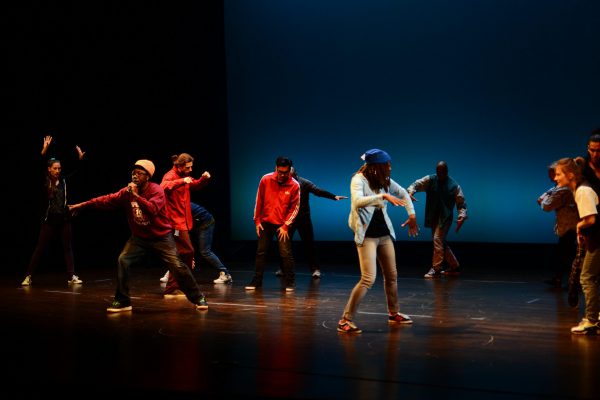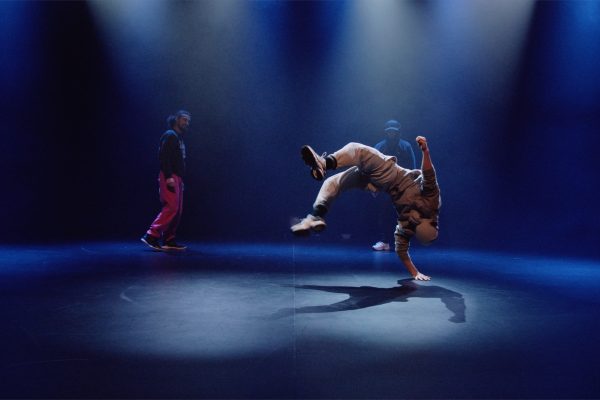For more than a decade, Saskatoon’s def SOL Productions and Saskatoon Salsa Dance Co. have been joining forces for their annual Boogaloo event, a winter showcase that blends the dance styles of the two studios. This year, it will take place on Dec. 16 in Saskatoon, featuring approximately 170 performers, ranging in age from three to 50+ years.
“The Boogaloo is basically a mashup of street styles and Latin dance styles … bringing together two communities of dancers,” said Amanda Murray, artistic director and founder of def SOL Productions. Her company focuses on hip hop and street dance culture, while Saskatoon Salsa Dance Co. specializes in salsa and bachata styles. “We both have dancers of all different ages and levels and backgrounds, so it’s just celebrating the diversity of our students as well as the different dances that we offer.”
Kimberly Parent, artistic director and owner of Saskatoon Salsa Dance Co., speaks to the significance of separate dance groups collaborating on events like the Boogaloo: “I think it’s so important to set an example … of healthy collaboration over competition,” she said. “I think that everybody can thrive, and I think part of that is being a community and collaborating with people and supporting other artists.”
“It’s not like the traditional dance studio recital where you wait until the end and politely clap,” added Murray. “It has more of a party energy to it, which goes along with both of our dance cultures.… It’s about getting together and creating that positive experience with each other.… We get loud.”
The idea for the Boogaloo was born at a def SOL Productions hip hop holiday showcase, where Saskatoon Salsa Dance Co. had been invited to perform as guests. “That experience of having each other’s audiences combined just created another dynamic … which was so enjoyable, we had to do it again!” explained Murray.
Regarding the name of the event, “Boogaloo is actually a style of dance that exists in both the street dance and the Latin dance communities,” Murray noted, referring to the electric boogaloo and the Latin boogaloo.
Parent mentioned that Latin, hip hop and street dance styles have commonalities, including being non-institutionalized and centred in culture and community. “Sometimes in hip hop, there will be some Latin elements and vice versa,” she said.
Saskatoon Salsa Dance Co., established in 2005, and def SOL Productions, established in 2004, were both created to fill voids in the Saskatoon dance scene.
“I made it my personal mission to start teaching … so that other people could have access to authentic hip hop and street dance in Saskatoon, because it did not exist at the time,” said Murray. “The more I learned, the more I wanted to share it with other people.… I’ve always been a pretty shy, introverted person, but hip hop does not allow you to stay on the sidelines.… That was just something I needed in life.”
“I had learned how to salsa from somebody … who’d been trained in Cuba, and I just fell in love with Cuban music and Cuban dance,” said Parent. “There was no salsa scene here, so I decided to start teaching out of my sister’s garage,” she added, laughing.
Parent later rented studio space from Murray, where their friendship and working relationship began. Outside of teaming up for the Boogaloo, they have also collaborated on choreography in the past, creating pieces that merge salsa and hip hop.
The two companies teach and offer performance opportunities for students of all ages, some of whom attend lessons at both studios. Both companies also hold an independent dance showcase at the end of their class seasons, with def SOL Productions’ event taking place in May and Saskatoon Salsa Dance Co.’s in June.
As with previous years, the Boogaloo performances will be followed by the Boogaloo Holiday Fiesta, a Latin social organized by Saskatoon Salsa Dance Co., with DJs, food and drinks, “where dancers can come out and keep dancing,” said Murray. “That’s always been a fun highlight.”
Dance Media Group strengthens the dance sector through dialogue. Can you help us sustain national, accessible dance coverage? Your contribution supports writers, illustrators, photographers and dancers as they tell their own stories. Dance Media Group is a charitable non-profit organization publishing The Dance Current in print and online.

Tagged:






